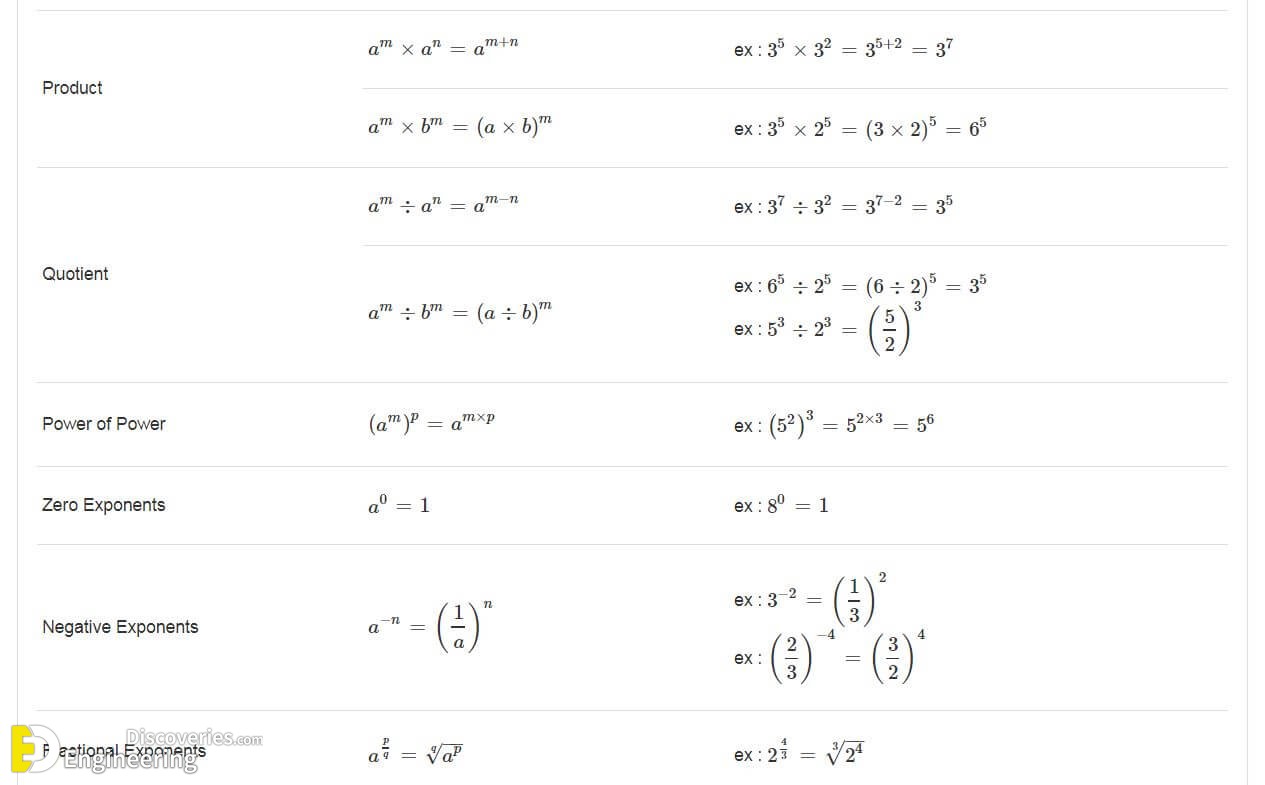
If $m$ is not exactly $12$, we want to show that it is either too big or too small to be the slope at that point.

Thus every line passing through that point is of the form $y-8 = m(x-12)$. The point $(2,f(2)) = (2,8)$ is on the graph of the function.
Calculus formulas how to#
Here's one way to look at how to rule out numbers other than $12$. Thus no number other than $12$, no matter how close to $12$, fails to get ruled out. How small is small enough depends on how small $\varepsilon$ is. It can be shown that no matter how small $\varepsilon$ is, we can rule out all numbers not between $12\pm\varepsilon$ by considering a sufficiently small interval about $x=2$. We can rule out every number not between those by focusing on an even smaller interval about $x=2$. That might make $12$ appear to be an approximation: we only know we're looking for a number between $12\pm0.000000001$. Consider $12\pm0.000000001$ First, every number that is not between those two can be ruled out as the value of $f'(2)$ by considering values of $x$ lying close enough to $2$ (it wouldn't be hard to figure out how close is close enough but at this moment I haven't done that. The question would be about the number $12$: Is it exact? When $x=2$ and $f(x)=8$, then is $f(x)$ changing exactly $12$ times as fast as $x$ is changing? Once we learned to define the length of any straight line segment in terms of some given line segment, we can move on to define the length of a curve and the area under it as limits. If the number of segments increases to infinity, while their length becomes zero, our line has a tangent at any point (or so we like to imagine).

So what is a tangent then? It's a straight line going through one of the line segments. How do you describe a smooth curve? As a limit of a sequence of connected line segments of progressively smaller length.


 0 kommentar(er)
0 kommentar(er)
